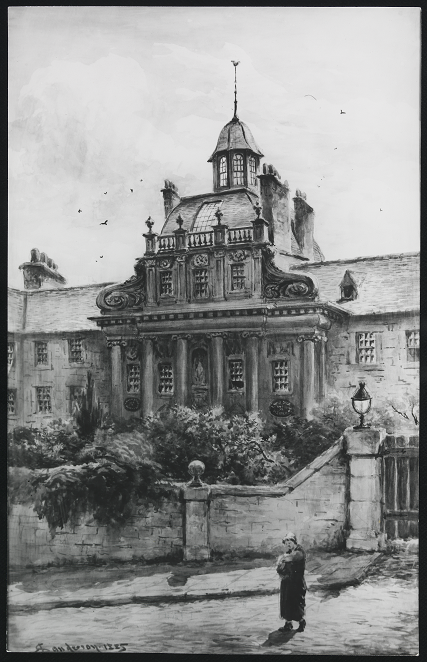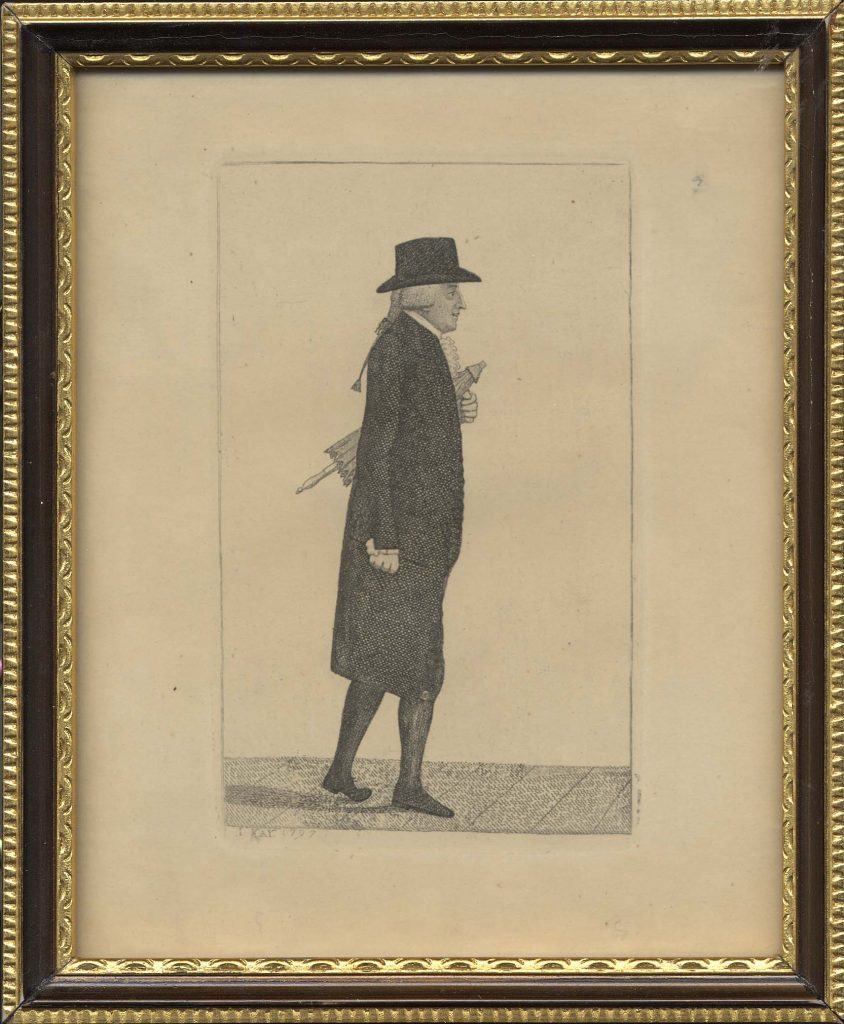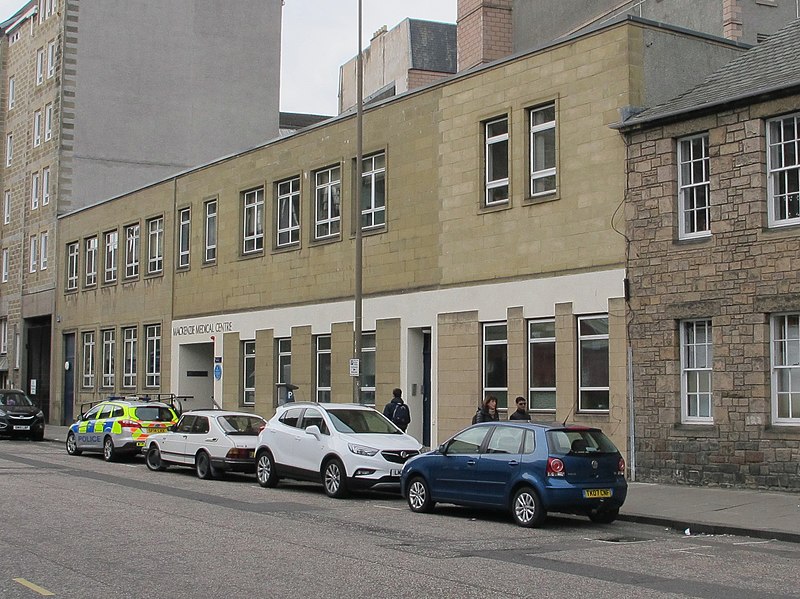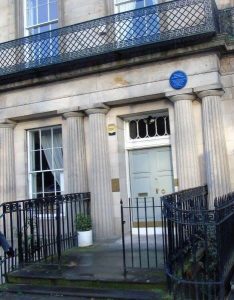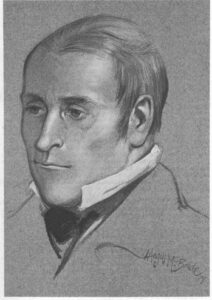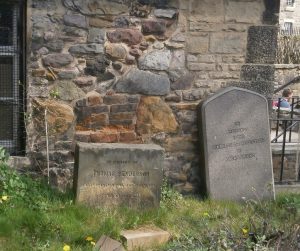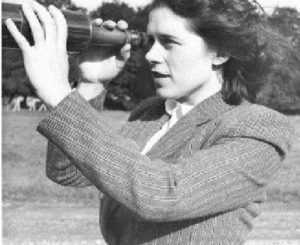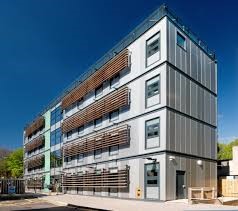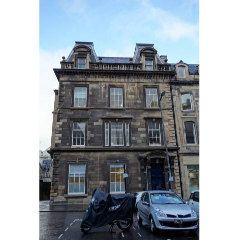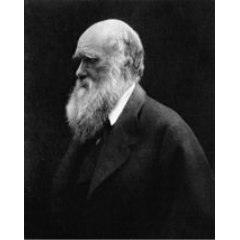7 Grange Road, Edinburgh EH9 1UH
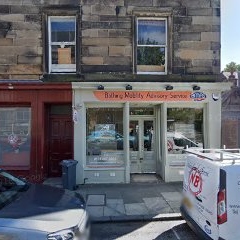
South African Kesaveloo Goonam Naidoo lived with the Dewar family at 7 Grange Road in the early 1930s. In her autobiography, Goonam fondly remembered “the cold wintry evenings spent cuddled up with Aunt Mary near the glowing fire, listening to her tales of Scotland.” When Goonam graduated from Edinburgh’s Medical School, she became the first Indian female doctor in South Africa. Reflecting on her time at the University, Goonam remembered Edinburgh’s Indian students as “intensely patriotic, highly critical of the British, and passionately supportive of Gandhi.” When she returned to South Africa in 1936, Goonam galvanized women’s involvement in Indian nationalist activities. She was the first woman to attain the vice-presidency of the Natal Indian Congress, and became a leading political force in the Passive Resistance Campaign, launched in 1946 by fellow Edinburgh alum Dr. Monty Naicker against the Asiatic Land Tenure and Representation Bill. This Bill, enacted by the South African Parliament, “declared war on (South African) Indians” by segregating them into ghettos, and thereby earning the nickname “the Ghetto Act.” When Goonam passed away at 92, Nelson Mandela offered his condolences, saying that South Africa had lost a great freedom fighter and an outstanding champion of democracy.



